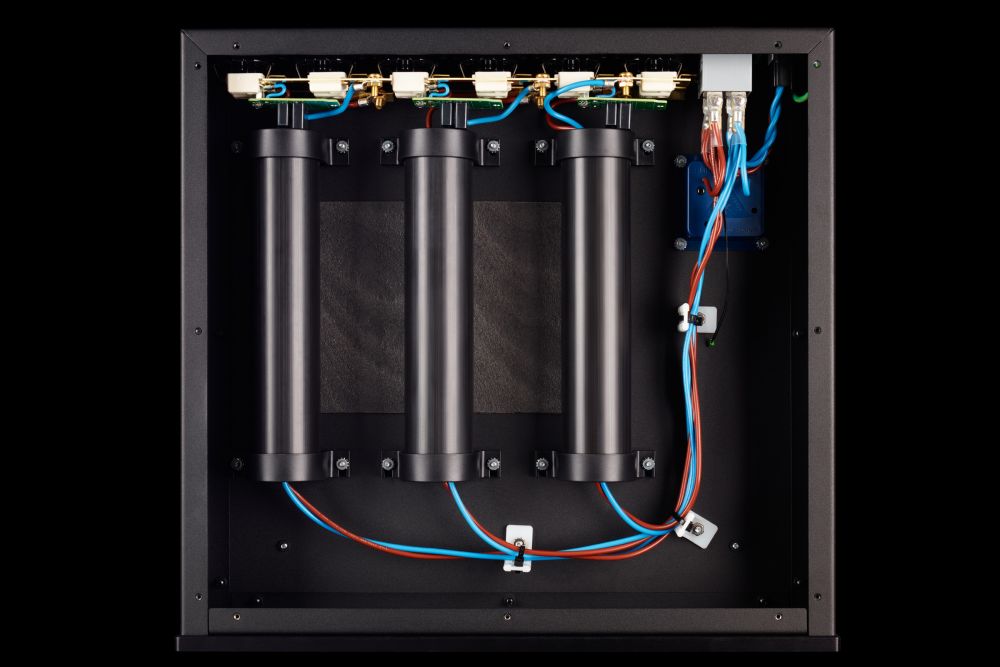There is nothing technically wrong in the vid. I agree that the acronym is marketing bollox.
It's not just Ohm's law, what about inductance?
Your last two lines are technically wrong - you need to add the word "peak" in there somewhere, otherwise you're just as guilty as Conyata at distorting the facts.
My theory is a that it's the earthing/grounding of components that is affected by mains and signal wiring changes. However, Naim claim that they fit large, low impedance, transformers to shorten conduction angles and this results in better sound (IIRC they say this is due to sensitive audio circuitry being "connected" to the noisy mains for a lower proportion of the time). If that is true then lowering the impedance of the mains lead might lead to better sound.
WRT your amp only needing 0.6A - maybe you have high inductance in your supply, or in the amp itself? Maybe it's got a high impedance transformer and small smoothing caps? Some AV amps use a high rail voltage but with loads of voltage sag as a cost effective way to achieve the power ratings.
I'm afraid it's totally technically wrong because they are attributing incorrect cause and effect. Conflating one thing with another. Its the worst kind of deceptive marketing imo because it sounds plausible to the technically ignorant.
As I said they are either technically incompetent or con artists.
Omg, how can you possibly say I am as guilty as shityata of distorting the facts. Yes I missed the word peak out. That's a simple ommission not a deliberate attempt to mislead or an indication of technical incompetence....and yes I am fully aware of the difference between impedance and resistance.
OK you have a theory about grounding. Now come up with some facts that show how it actually affects sound quality.
My amp only draws a peak of 0.6 amps because that's all it needs. It is not detrimentally restricted by the mains supply or the mains cable. The design works well and sounds fine. Come on, think about it for a moment. Driving speakers to say 64 Watts (maybe 103dB with 85dB/watt sensitivity speakers) how much current do you think you need? Even with horrible phase angle 2 ohm speakers. Just do the maths.
Also, why do you think the musical transients don't show up on the mains current waveform? Possibly something to do with the reservoir caps supplying what is needed.?
It's no good saying maybe this or maybe that, you are just trying to perpetuate your beliefs instead of using factual information.
I'm sure you can find amps that draw more, but don't for one second think it's 100s of amps related to the musical transients. This was just an example to show people what is really going on as opposed to the marketing bullshit many are all too ready toswallow.
Last edited:


